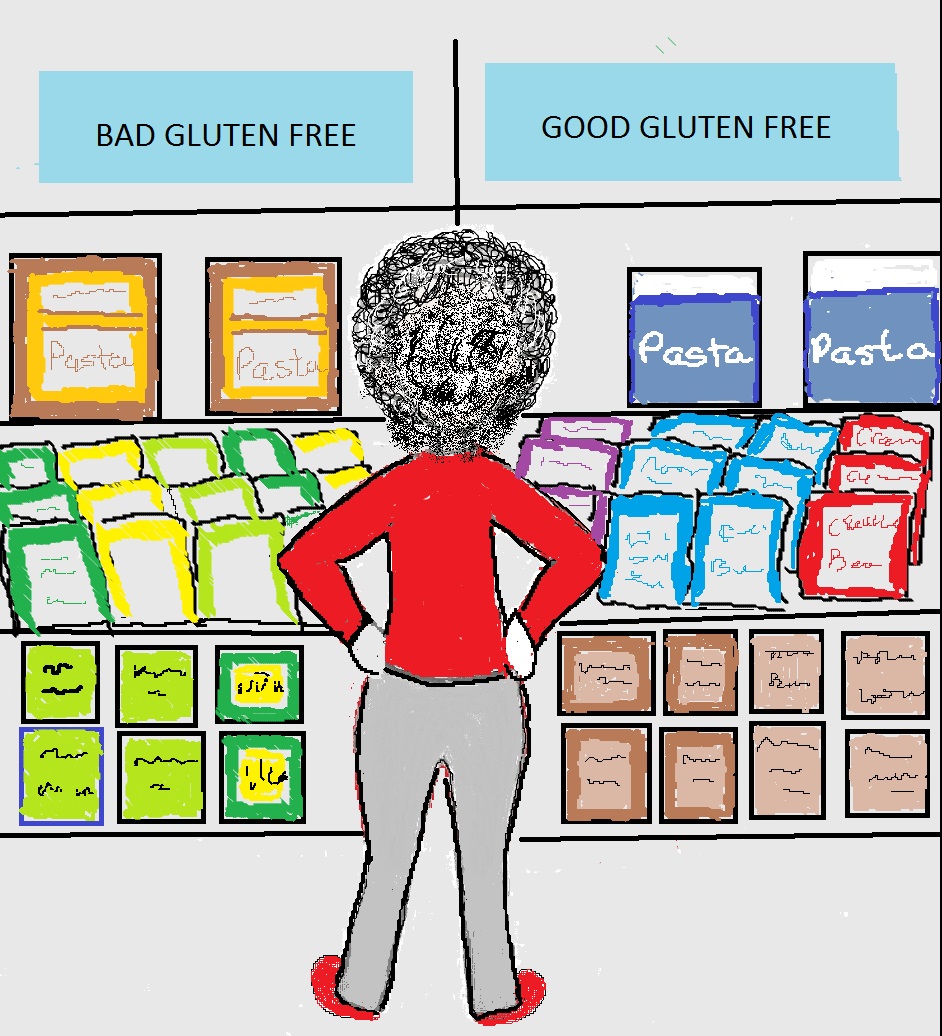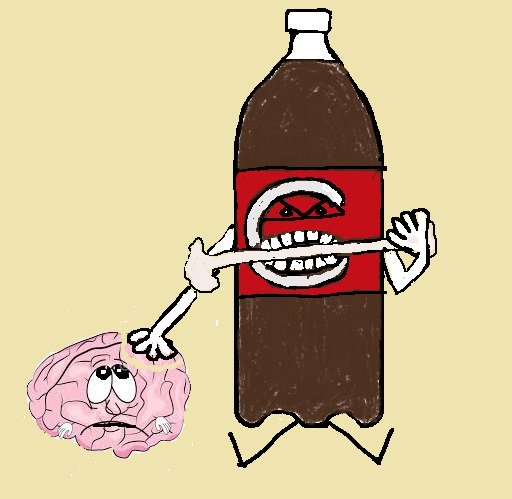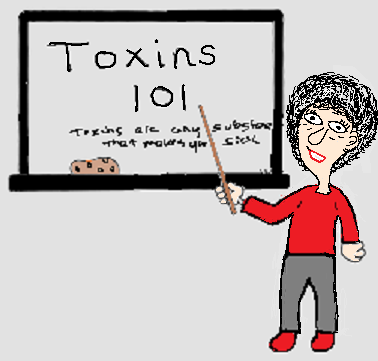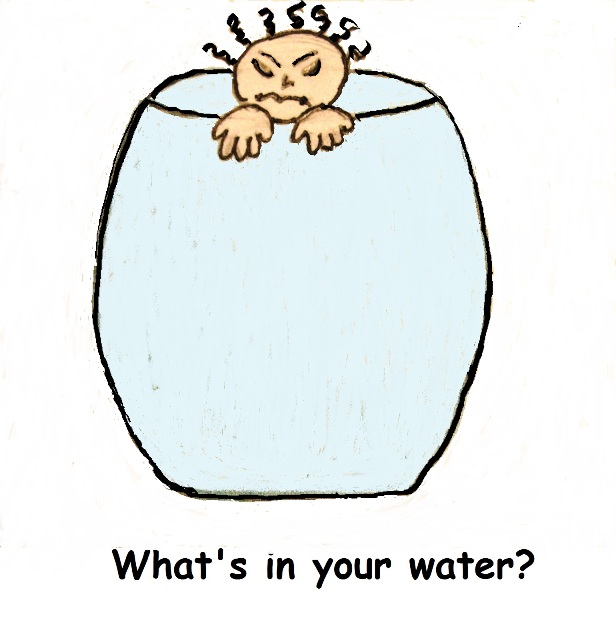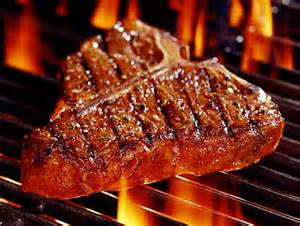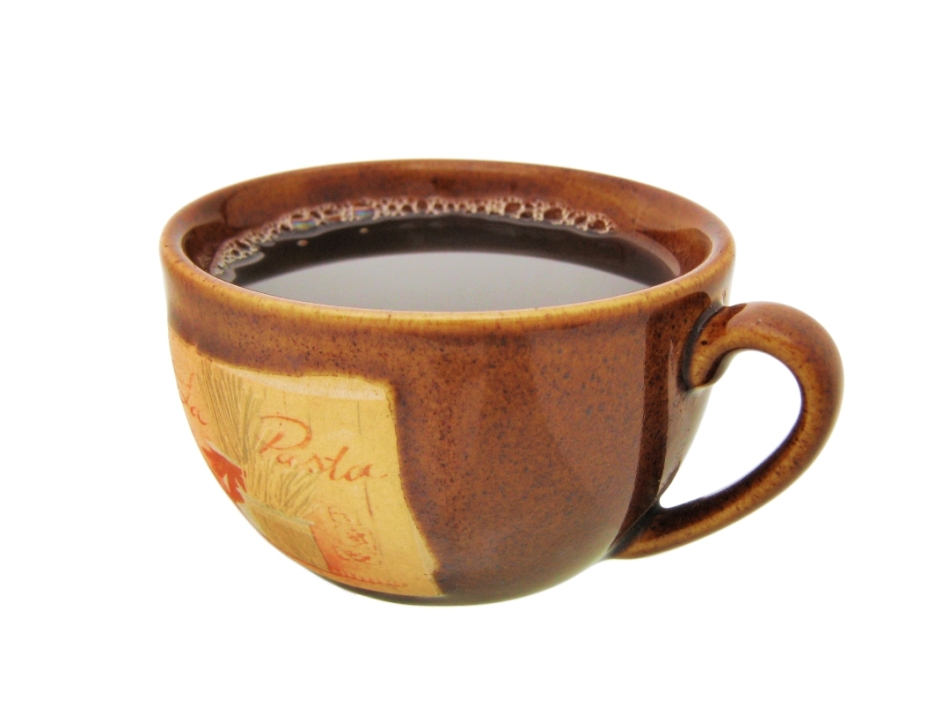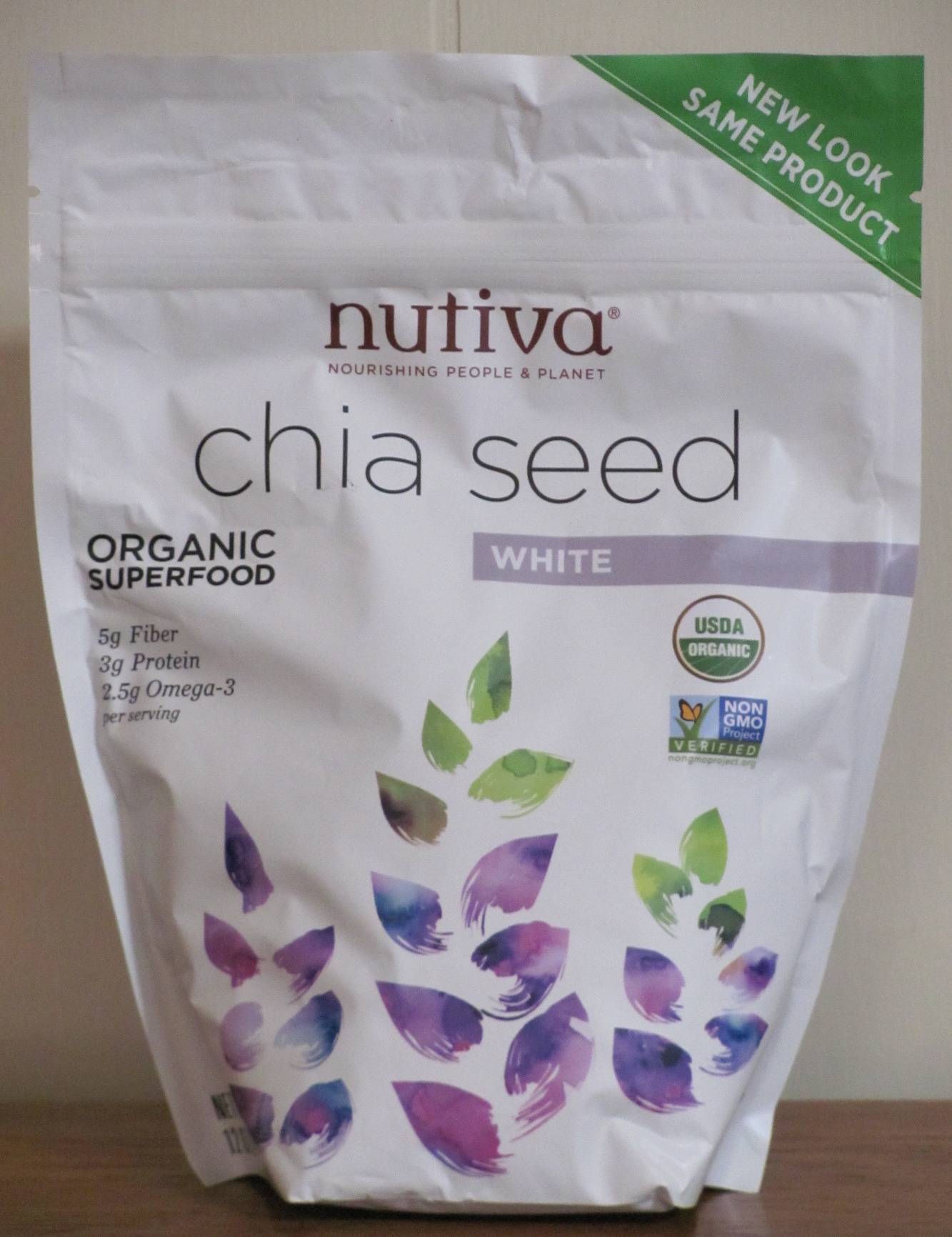- Home
- Toxic Chemicals in Food
- Gluten Free
The Toxic Dangers of Gluten Free Diets
Gluten free diets are very popular. Although less than 1% of Americans have celiac disease, in 2015 an estimated 25% of American’s reported they avoid eating gluten, a 67% increase from 2013.
If you’re on a gluten free diet or thinking about it, you really need to read this article. Because, according to the US Agency for Toxic Substances, the top 3 most toxic elements on the planet are arsenic, lead and mercury. Two of these top 3 are found in higher levels in people that eat gluten free diets.
The Evidence - Free of Gluten But Not Toxins
For several years, I’ve been concerned about all the rice-based products on the market. In 2015 I wrote an article about arsenic exposure and healthy eating. Since then 2 studies have compared the levels of arsenic and mercury in people on gluten free diets with people who ate gluten.
Both of these cross-sectional studies used data collected yearly in the CDC’s National Health and Nutrition Examination Survey (NHANES).
In 2015, researchers found that people on a gluten free diet have significantly higher levels of total arsenic and blood levels of mercury than people not avoiding gluten. The amount of arsenic was almost double in people that avoid gluten.
In 2017, using the most recent NHANES data available, researchers again found that total arsenic is nearly double among people on a gluten free diet versus people that aren’t on a gluten free diet. And they also found higher concentrations of mercury among people who avoid gluten.
And, based on what is known about arsenic and mercury levels in food, these higher levels of arsenic and mercury are probably from eating lots of rice-based foods.
Why Gluten Free is Toxic
This toxic exposure to arsenic and mercury doesn’t come from avoiding gluten, but from the foods you use to replace products with gluten.
Gluten is a protein found in a variety of grains including wheat, rye, and barley and their flours. Commercial gluten free products usually contain rice flour as a substitute.
If you eat a lot of products made with rice, especially brown rice, including pastas, breads, crackers and cereals, you're risking your health.
Why? Because rice-based products are known to contain high levels of toxic metals. Rice is a common source of arsenic and methylmercury exposure.
Rice Is A Toxin Sponge
Arsenic and mercury are common soil and water contaminants. Arsenic is a naturally occurring chemical element. It enters soil and water from the erosion of rocks, volcanic eruptions, contamination from mining and the use of this chemical as a preservative in wood products and insecticides.
Just like arsenic, mercury exists naturally and as a man-made contaminant. It ends up in soil and water from burning fossil fuels and discharges from hydroelectric, mining, pulp, and paper industries.
Plants absorb things like nutrients and water from the soil they're grown in. They also absorb toxins.
And rice is a master at absorbing the toxins in soil. It takes up the chemicals from soil and water more readily than other plants, partly because it is grown in water. White rice has lower amounts than brown rice because the extra processing removes some.
Arsenic and mercury are in the top 3 most toxic substances on the planet for good reason.
Arsenic is classified as a Group 1 carcinogen, known to cause liver, kidney, and bladder cancer. Because it’s an endocrine disruptor it’s linked to diabetes and thyroid disease. It may also cause heart disease and inflame your immune system.
Mercury is just as scary and dangerous to your health. Mercury exposure damages your immune system, resulting in autism/attention deficit hyperactivity disorder, eczema, epilepsy, psoriasis, multiple sclerosis, rheumatoid arthritis, schizophrenia, scleroderma, and lupus.
It damages your nervous system and affects your endocrine system by disrupting pituitary, thyroid, adrenal glands and pancreas. Hormones that are the most affected by mercury are insulin, estrogen, testosterone, and adrenaline.
It also alters how easily things pass through your body’s cell membranes and causes anemia, kidney damage and oxidative stress.
The Less Toxic Approach To Eating Gluten Free
Avoiding gluten doesn’t have to expose you to high levels of arsenic and mercury. You can protect your health from both gluten and these toxins by reducing your consumption of rice products to 1-2 times per week. Especially food made with brown rice, which has 80% more arsenic than white rice.
That may sound a bit extreme but when it comes to arsenic and mercury, even low levels of exposure can damage your health. Plus, these toxins show up in other foods you eat and in drinking water.
To eat a less toxic gluten free diet substitute rice-based products for:
- Grains like amaranth, buckwheat, millet, quinoa, cornmeal, grits and polenta.
Flour like oat, coconut, almond and garbanzo bean flour. Bob’s Red Mill has a line of gluten free and brown rice free flours. Made from garbanzo bean flour, potato starch, tapioca flour, whole grain sweet white sorghum flour, fava bean flour.
- Pastas that are made with corn and quinoa, like Barilla’s or made from beans, like Explore Asia. Chickapea Pasta is a rice-free option made from chickpeas and red lentils. At the very least, try pasta blends, like Ronzoni, made with white and brown rice, corn and quinoa.
- Almond and coconut milk
- Cereal and energy bars that aren’t sweetened with brown rice syrup.
There’s a good way and a bad way to go gluten free when it comes to arsenic and mercury exposure. The toxic dangers don’t come from avoiding gluten, but from the grain free products you use to replace products with gluten.
If you’re on a gluten free diet because of celiac disease or gluten sensitivity you need to limit eating products made with rice.
